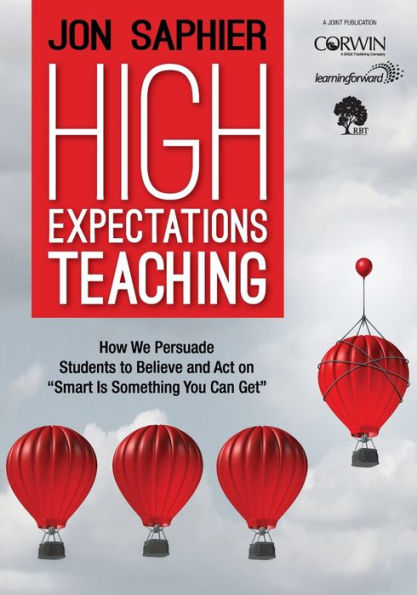Dr. Jon Saphier is the Founder and President of Research for Better Teaching, Inc., an educational consulting organization in Acton, Massachusetts that is dedicated to the professionalization of teaching and leadership. He is a recognized expert on supervision, evaluation, staff development, and adult professional culture. Since 1979, he and his RBT colleagues have taught in-depth professional development programs centered on the knowledge base of teaching to educators in hundreds of school districts each year in the United States and overseas.
In 2001, he was appointed a panel member for the National Research Council of the National Academy of Sciences to study the best methods for transferring research knowledge to classroom practice. In 2010 RBT’s Skillful Teacher model was adopted by the country of Singapore as their national program for training beginning teachers.
Beginning in the summer of 2001, Dr. Saphier became a member of the core faculty for aspiring urban principals of New Leaders for New Schools. Additionally, Research for Better Teaching provides training on “Observing and Analyzing Teaching” to KIPP principals and KIPP teacher leaders continuing to the present.
Sloan-Kettering’s annual IDEA Institutes voted him “Best of the Best” for their first 25-year history. Dr. Saphier presents each year at Ron Ferguson’s Achievement Gap Initiative Conference at Harvard. Dr. Saphier has done on-site coaching to over 1,000 principals on instructional leadership.
He has a bachelors from Amherst College, and a masters degree from the London School of Economics. He was a combat medic in Vietnam. After the war he entered teaching and holds degrees in early childhood from Univ. of Mass. and a doctorate from Boston University. He has been a high school history teacher and has taught fifth grade, second grade, first grade and kindergarten. He has been an administrator and a staff developer in an urban K-8 school.
He is an author and co-author of nine books, including The Skillful Teacher in its 7th edition as well as numerous articles. The Skillful Teacher has sold over a half million copies and is the bible of teaching in hundreds of districts around the country. It is used as a text in 60 university teacher preparation programs, including Harvard, Yale, Princeton, Columbia, Dartmouth, Brown, Middlebury and Williams.
RBT designed and trained all administrators on their Professional Growth System in Fairfax Va. late 80s through early 90s, Montgomery County Public Schools late 90s through the present, and 50 other districts nation-wide. RBT provides continued support for Montgomery County’s "Center for Skillful Teaching ".



